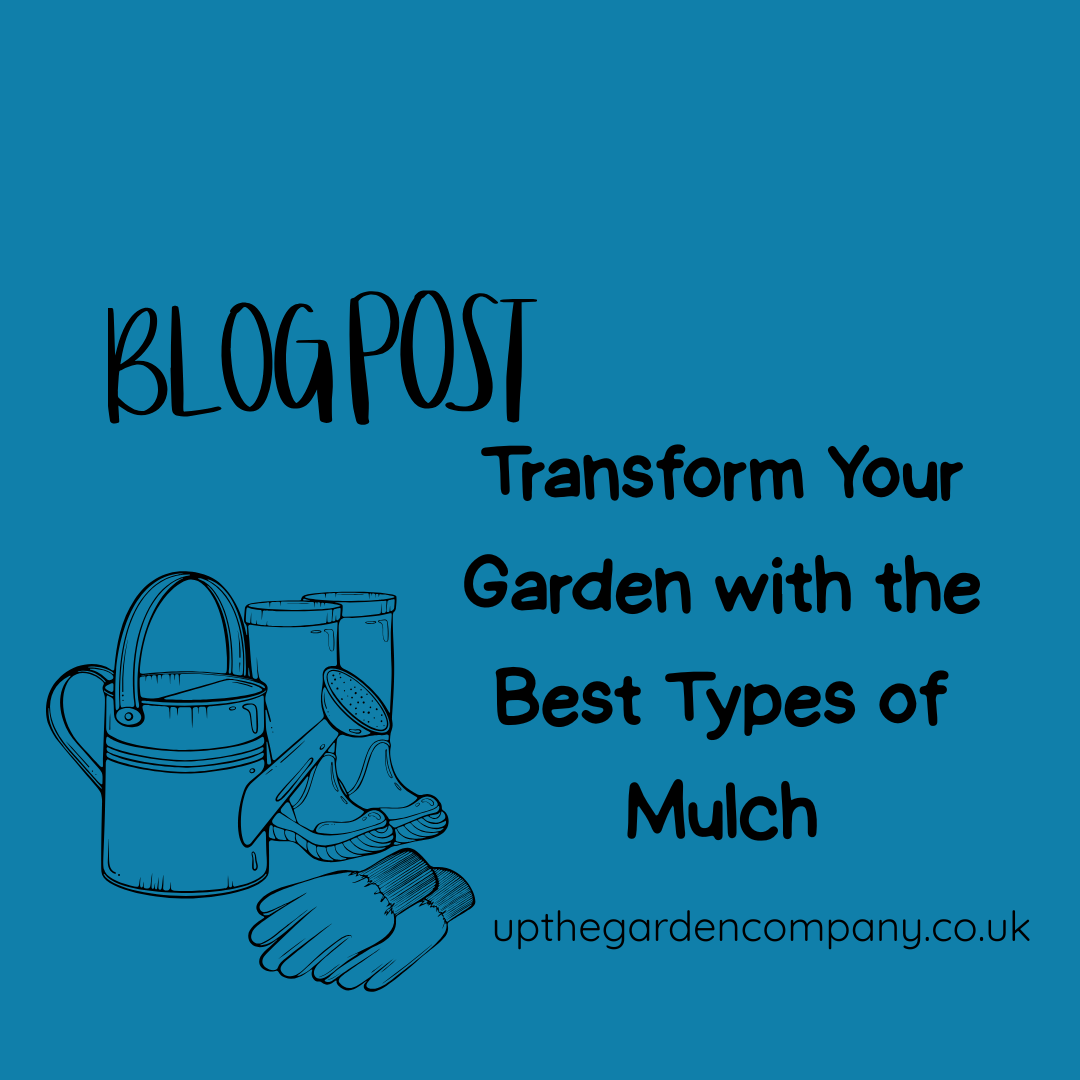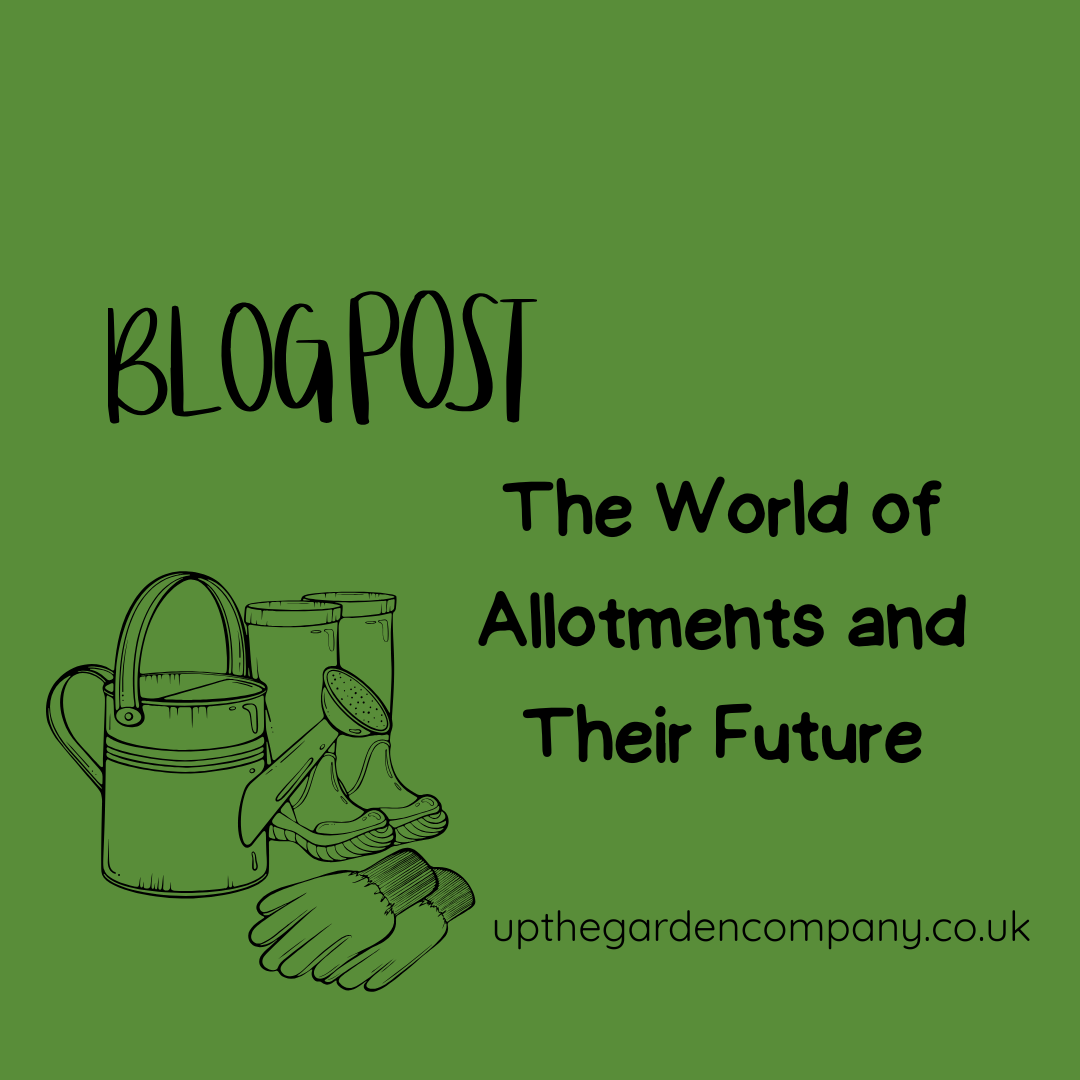Garden Mulching
Gardening is a wonderful way to connect with nature and create a serene environment right in your garden. But, did you know that mulch can play a crucial role in the health and beauty of your garden?

Why Mulch Matters
Mulch does more than just make your garden look polished. It helps retain moisture, suppress weeds and improve soil health. By adding mulch, you’re giving your plants the best possible environment to thrive. But not all mulches are created equal. Let’s dig into the various types and their unique benefits.
Organic Mulch Options
Wood Chips and Bark
Wood chips and bark are popular choices for a reason. They break down slowly, adding organic matter to the soil over time. This helps improve soil structure and fertility. Additionally, their chunky texture makes them excellent for weed suppression.
Straw and Hay
Straw and hay are fantastic for vegetable gardens. They decompose faster than wood chips, enriching the soil with nutrients quickly. Plus, they are light and easy to spread, making them ideal for covering large areas.
Compost
Compost is the gardener’s gold. Rich in nutrients, it improves soil health and promotes robust plant growth. It’s also excellent for moisture retention and can be used in flower beds, vegetable gardens and around trees.
Inorganic Mulch Options
Gravel and Stones
Gravel and stones are perfect for areas where you need long-lasting mulch. They don’t decompose, so they don’t need to be replaced often. They are great for pathways, driveways and areas with heavy foot traffic.
Black Plastic
Black plastic is a go-to for weed control. It creates a barrier that prevents weeds from sprouting while retaining soil moisture. However, it doesn’t add any nutrients to the soil, so it’s best used in conjunction with organic mulches.
Rubber Mulch
Rubber mulch, made from recycled tyres, is durable and long-lasting. It’s excellent for playgrounds and high-traffic areas. It also helps with moisture retention and weed suppression but doesn’t decompose, so it won’t improve soil health.
Seasonal Mulching Tips
Spring
Spring is the perfect time to refresh your mulch. Organic mulches like wood chips, straw and compost are great choices. They help retain moisture as the weather warms up and provide a nutrient boost as they decompose.
Summer
In summer, mulch plays a vital role in moisture retention. Consider using straw or hay in your vegetable garden to keep the soil cool and moist. In flower beds, wood chips or bark will help keep weeds at bay and retain moisture.
Autumn
Autumn is all about preparing your garden for winter. Use a thick layer of compost or wood chips to protect your plants from the cold. The mulch acts as an insulating blanket, protecting roots from frost.
Winter
In winter, mulching is less about adding new layers and more about maintenance. Check your mulch layers and replenish any areas where it has thinned out. This helps protect your plants during the cold months.
Benefits of Mulching
Moisture Retention
Mulch acts as a barrier, reducing water evaporation from the soil. This means your plants stay hydrated longer and you can water less frequently. This is especially beneficial during hot, dry periods.
Weed Suppression
A good layer of mulch prevents weed seeds from getting the sunlight they need to germinate. This means fewer weeds and less work for you. Organic mulches like wood chips and straw are particularly effective.
Soil Health
Organic mulches break down over time, adding valuable nutrients to the soil. This improves soil structure, promotes healthy root growth, and fosters a thriving ecosystem of beneficial insects and micro-organisms.
Choosing the Right Mulch for Your Garden
Consider Your Plants
Different plants have different needs. For example, vegetable gardens benefit from quick-decomposing mulches like straw, while perennial flower beds do well with slower-decomposing wood chips.
Think About Aesthetics
Mulch also adds a visual element to your garden. Choose a mulch that complements your garden’s design. For a natural look, wood chips and bark are great. For a modern, sleek appearance, consider gravel or rubber mulch.
Evaluate Maintenance
Some mulches, like compost and straw, need to be replenished more frequently than others. Consider how much time and effort you’re willing to invest in maintaining your mulch.
Troubleshooting Mulch Problems
Slugs and Snails
Organic mulches can attract slugs and snails. To combat this, consider using a barrier like diatomaceous earth or copper tape around your plants.
Mulch Fungus
Fungal growth on mulch is common and usually harmless. If it bothers you, simply turn the mulch to expose the fungus to air, which will help it dry out and disappear.
Compaction
Over time, mulch can become compacted, especially if it’s walked on frequently. To prevent this, fluff your mulch periodically with a rake to maintain air flow and prevent mould.
Mulching is an essential practice for any gardener. It offers numerous benefits, from moisture retention and weed suppression to improved soil health. By choosing the right type of mulch and applying it correctly, you can create a thriving, beautiful garden.
Ready to transform your garden? Start by mulching and create the garden of your dreams.
Happy gardening!
Further Reading: What is Composting? RHS Mulching and Mulches
















